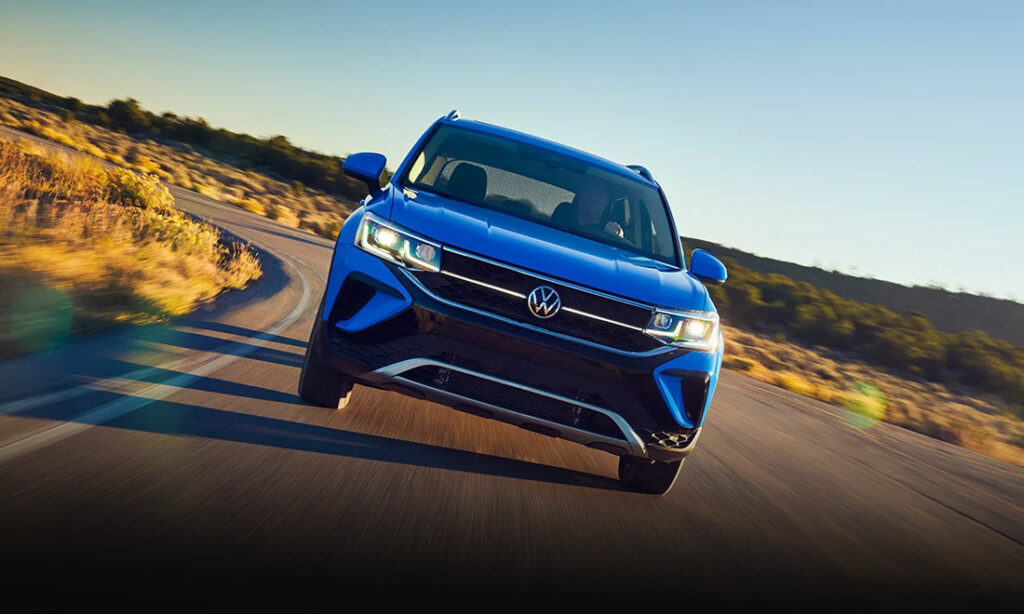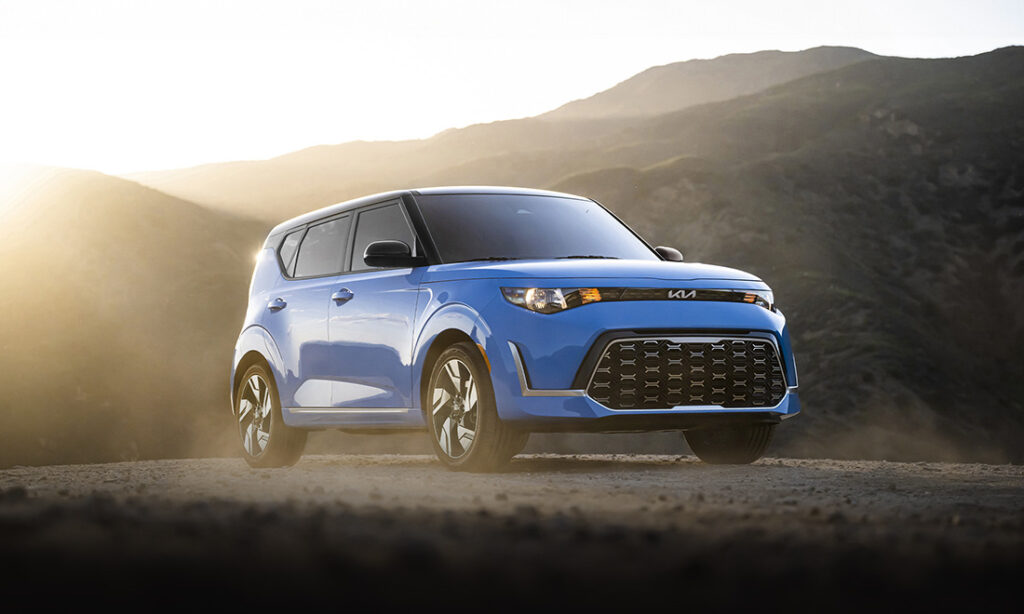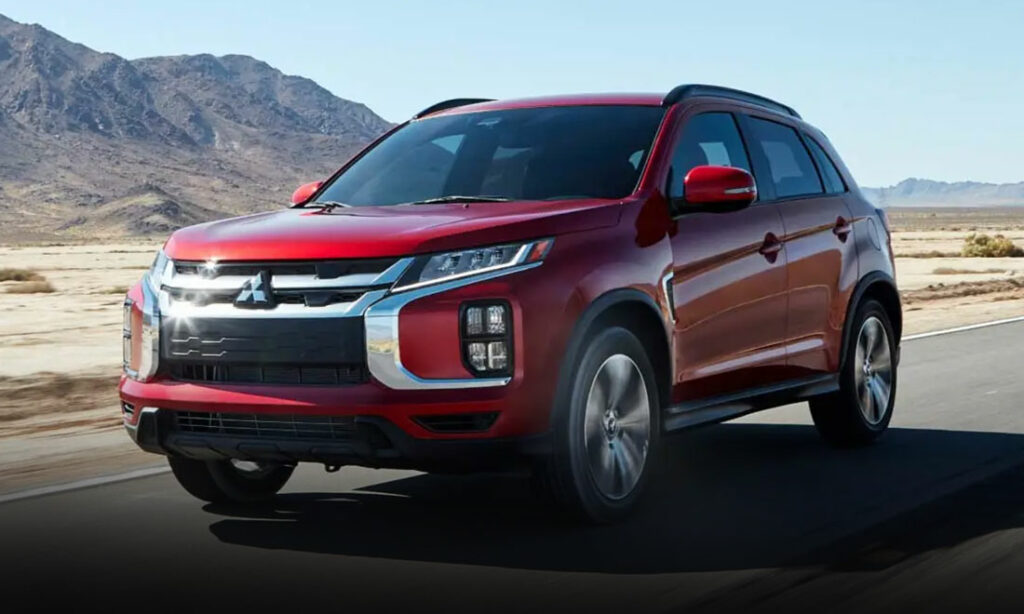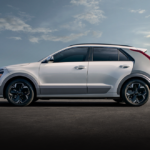Porsche 911 Generations: Through the Years
No other sports car has the pedigree, the notoriety, the legacy; we look back through the years at the Porsche 911.
The REAL Ultimate Driving Machine Isn’t a BMW
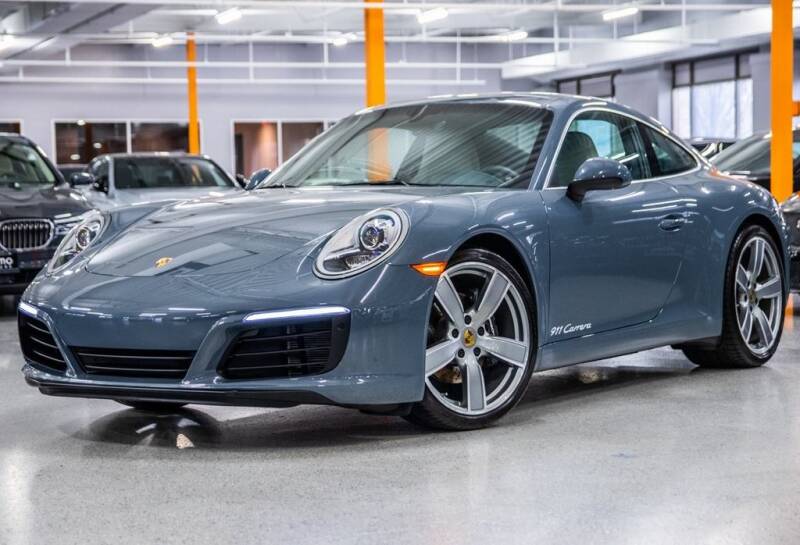
The Porsche 911 has gained a reputation as the epitome of European sports cars. Fast, stylish, intricately engineered, and nimble as a deer. Through 60 years, eight generations, and dozens of variants, the Porsche’s 911 has maintained a mystique few other nameplates can ever hope to achieve. In 1999, the 911 was named fifth most influential car of the 20th century alongside the likes of the Ford Model-T and the Mini Cooper. Decades of refinement have honed the 911 into the world’s greatest sports car. Below we explore the evolution of a legend.
First though, the basics. Despite nearly sixty-years of existence, the 911 has changed much less than you would expect in that time. The design language has remained consistent across the decades. A modern 911 very much resembles a 911 from the 1960s as each generation accounted for modern tastes while preserving the essence of the classic.
The 911 has developed mechanically in a similar fashion, steadily and meticulously building on what has made it consistently great. All 911s have been two-door, rear engine sports cars featuring a six-cylinder boxer engine and independent suspensions. Porsche has been so committed to this formula that the 911 did not switch from air-to water-cooling until 1998.
First Generation Porsche 911 (1963–1973)
1963 – 901/911
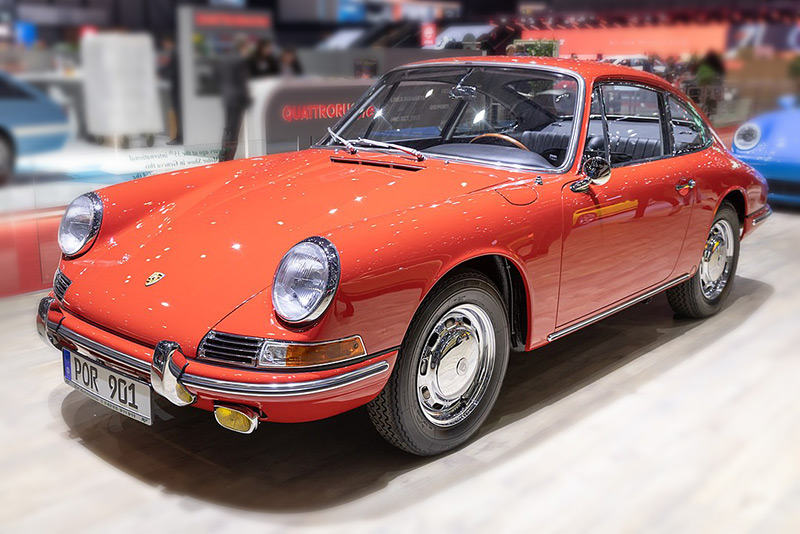
Built off the Porsche 356, the first 911s had a longer wheel-base and a larger engine going from the 356’s 1.6-liter 4-cylinder to a 2.0-liter flat-six. The rear weight bias, semi-trailing arm rear suspension, and what was still a short wheelbase made the 911 a uniquely agile sports car. The design was spearheaded by Ferdinand Alexander “Butzi” Porsche with elements that built and refined those of the 356. The classic 911 look was cemented and, despite all the updates, has still largely survived the test of time.
1965 – 912
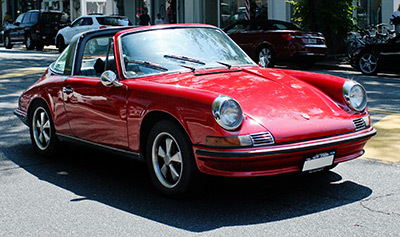
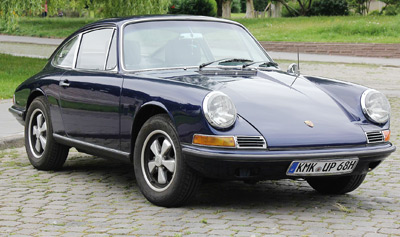
Briefly (from 1965-68) Porsche offered an entry-level 911 under the name 912. These kept a smaller 4-cylinder engine with either 1.6-liter or 2.0-liter versions. They may have been underpowered compared to the flat-6 911s but their combination of reliability and drivability made them a popular choice, nonetheless. Plus, one is featured in Wes Anderson’s The Darjeeling Limited so that’s something.
1966 – 911 S
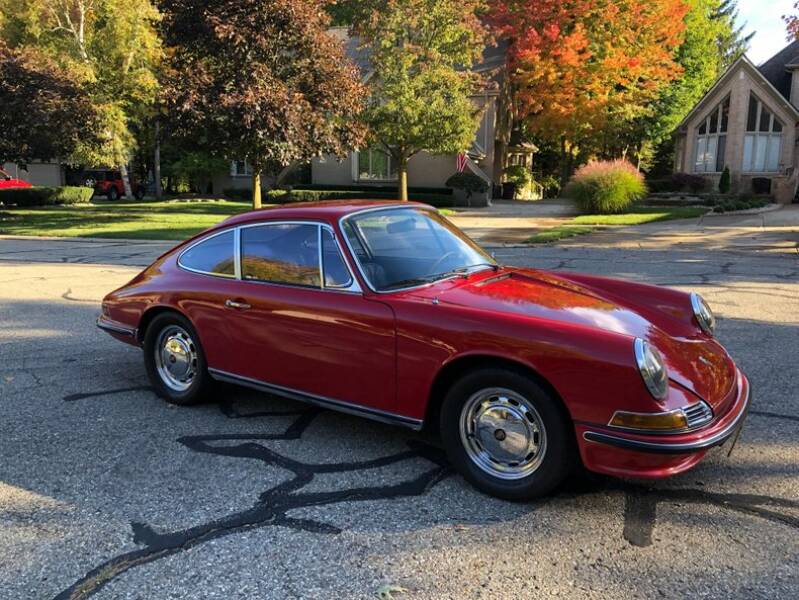
The first “S” variant of the 911 added 30hp with the addition of new camshafts, new valves and ports, and a higher compression ratio. The 911 S was also the first to feature Fuchs alloy wheels. Swift and stylish, the 911 S could be an unruly beast rewarding those skilled enough (and brave enough) to drive it to the limit.
1967 – Targa Top
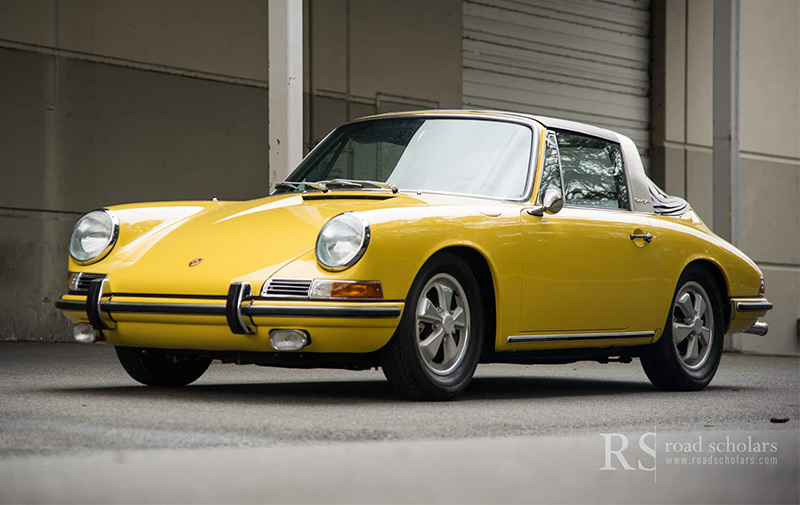
In 1967, Porsche attempted to preempt new US safety regulations, which would have effectively outlawed convertibles, by introducing the Targa top. The Targa top design featured a rollbar and detachable roof panel which allowed drivers to have a “convertible experience” and remain safe(ish) in a roll-over. The name “Targa” was taken from the Sicilian Targa Florio motor race which Porsche had won five times up to that point before adding another victory there in, you guessed it, 1967. Porsche would go on to win the Targa Florio four more times before the race’s discontinuation in 1977.
Second Generation Porsche 911 (1973-1989)
1973 – Carrera RS (G-Series)
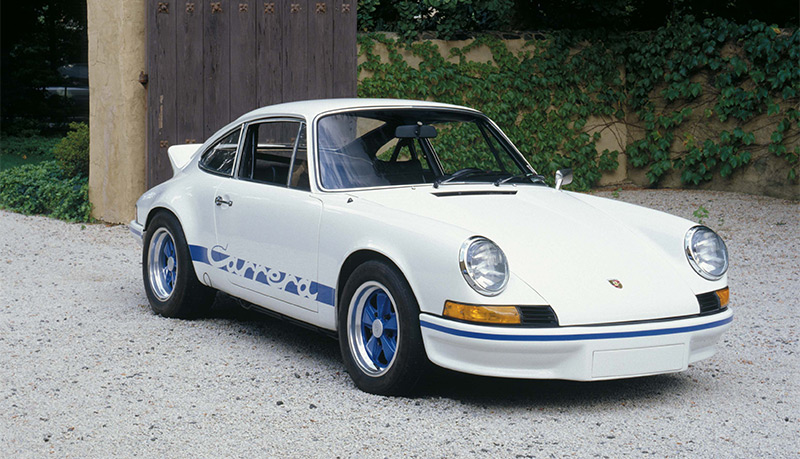
The Carrera RS was the first of the second-generation cars and the first 911 with the signature duck-tail rear spoiler. The engine got another bump up, this time to a 2.7L putting out 210hp. The RS stands for rennsport or racing sport, and, continuing their naming convention of nodding toward famous races, the Carrera portion of the name was taken from the Mexican Carrera Panamericana Race.
1974 – “930”
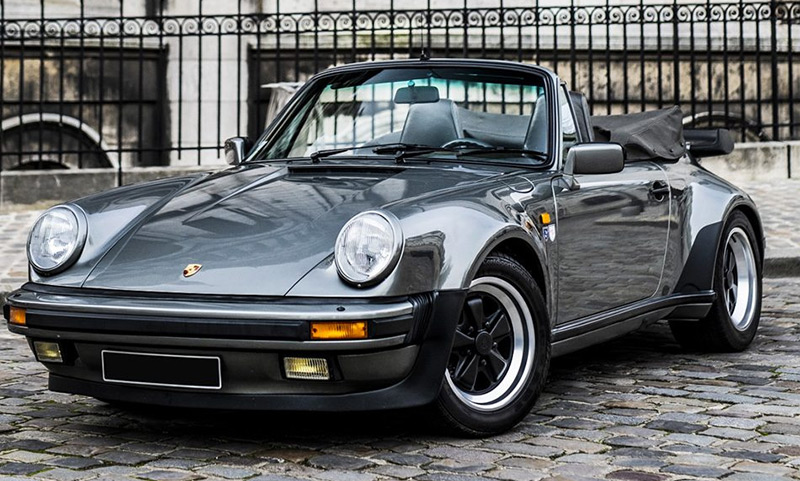
First turbocharged 911, came with a 3.0-liter engine 260hp known for extreme turbo lag and a large rear spoiler known alternately as the “whale tail” or “tea-tray.”
Third Generation Porsche 911 (1989-1994)
1989 – “964”
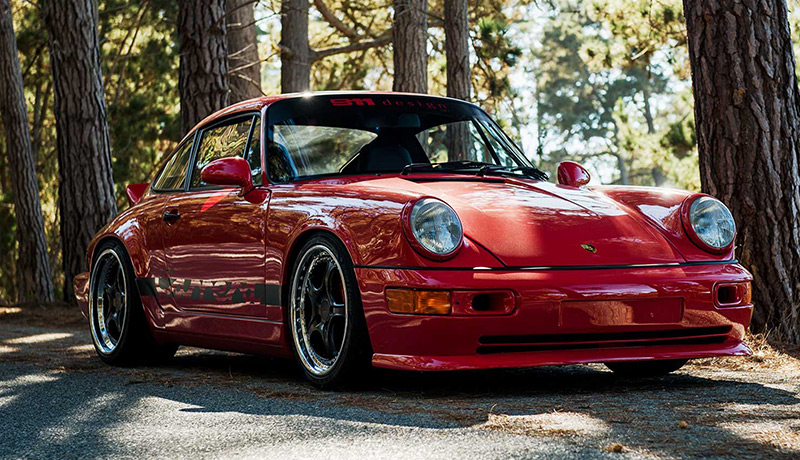
The Carrera 4, or 964, was a major overhaul of the 911 featuring 85% new components. The front suspension traded out for MacPherson struts, but the rear suspension kept the semi-trailing arm set up. The engine was upgraded to a 3.6-liter, AWD was now on tap, and a turbo version was added in 1990. Also, in 1990, the Carrera 2 added back the RWD option.
Fourth Generation Porsche 911 (1994-1998)
1994 – “993”
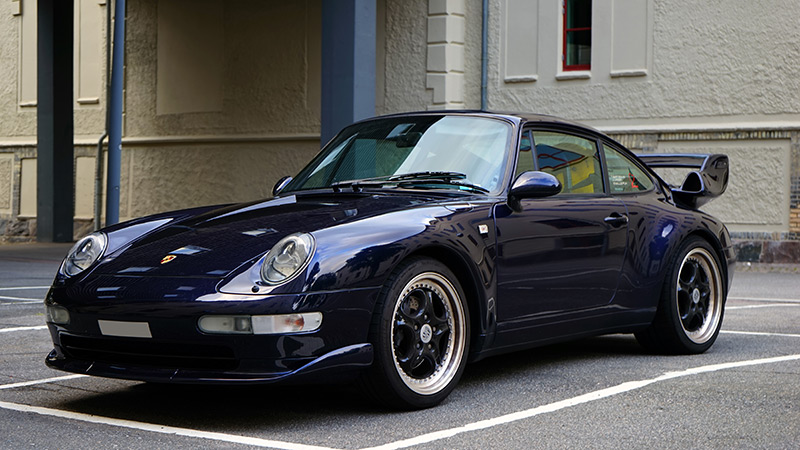
Along with a visual update the 993 came with the first twin-turbochargers in a 911. That pushed the output to 400hp. The 993 was also the first 911 to offer a six-speed manual, which came as the standard transmission. The Tiptronic automatic, from the 964, was also available.
Fifth Generation Porsche 911 (1998-2004)
1998 – “996”
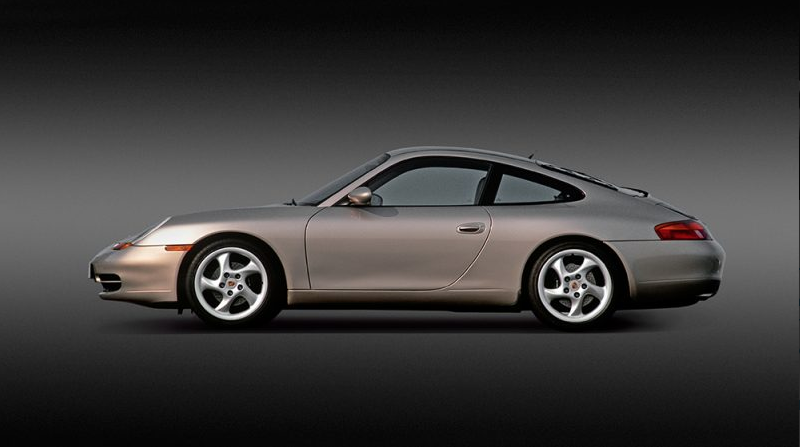
The fifth generation of 911s saw another major reworking with only suspension components and the six-speed transmission being carried over from the 993. One of the most significant changes was the switch made from an air-cooled engine to a water-cooled engine. The base engine was upped again, this time to a 3.4-liter good for 296hp. The turbo 996s got a wider wheel-base, new styling, and a 3.6L engine that netted 415hp.
2001 – “996” GT2
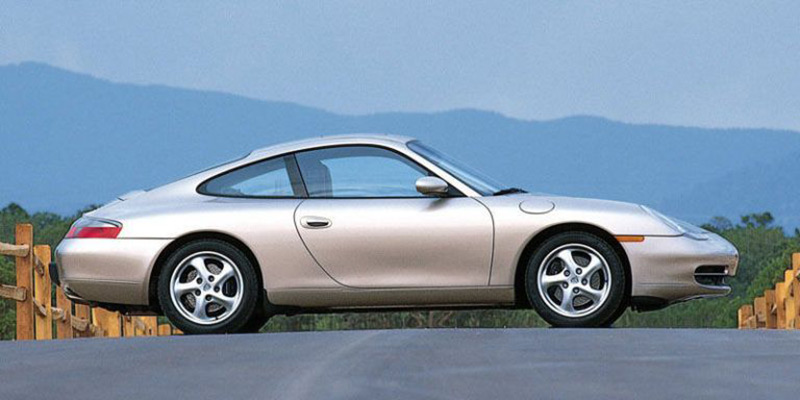
Even more tuned than the turbos, the GT2 was rear-wheel drive only, keeping it within the racing guidelines for the GT2 class as well as making it slightly lighter. The ported 3.6L from the 996 Turbo got larger turbochargers and intercoolers and topped out at 489hp and 484 lb. ft. of torque. The GT2 also added larger wheels and a wing to the mix.
Sixth Generation Porsche 911 (2004-2011)
2004 – “997.1”
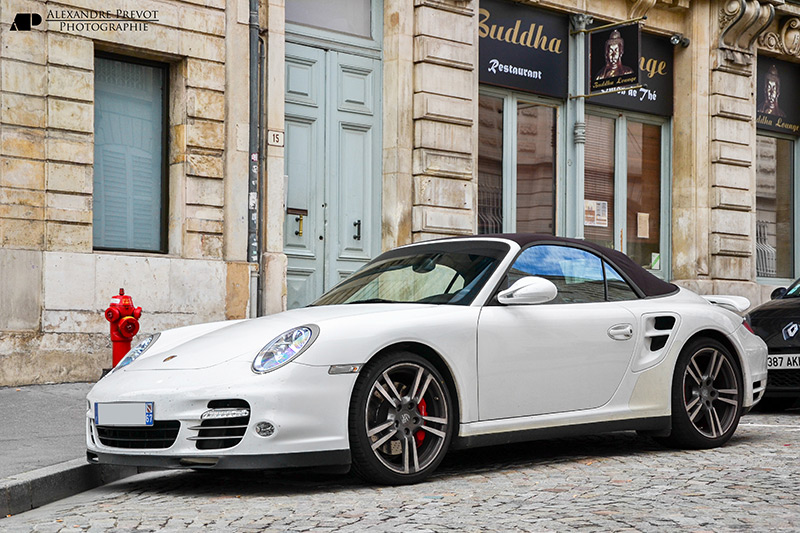
Porsche went back to round headlights following the rather cool reception of the 996s which had been borrowed from the Boxter. Larger 18-inch wheels were added, as well as a 3.8-liter engine. This version also marked the return of the Targa top (in 2006), which now came in the form of a retractable glass canopy. The next generation 991 would return to a more traditional fold-away design.
2009 – “997.2”
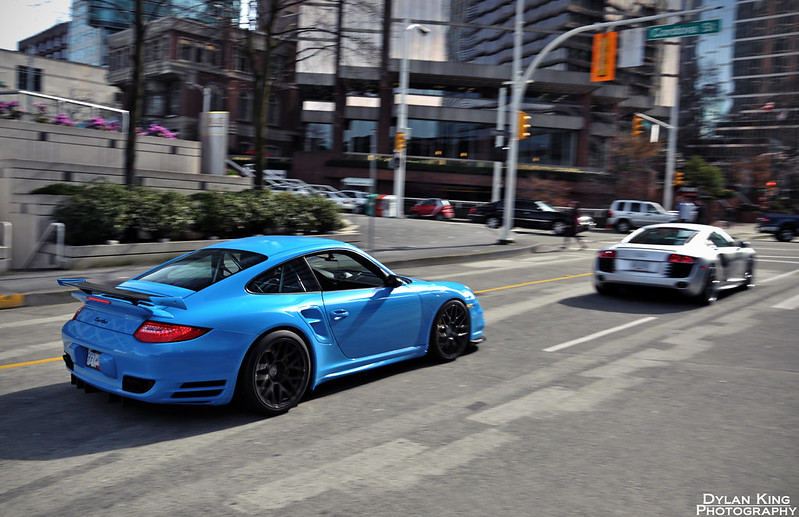
This mid-generation update added the then new dual-clutch PDK automatic transmission, replacing the Tiptronic S. The Turbo version also received a new 3.8-liter twin-turbo engine offering a thundering 490hp and a new Porsche Sports Exhaust (PSE) along with other updates.
Seventh Generation Porsche 911 (2011-2019)
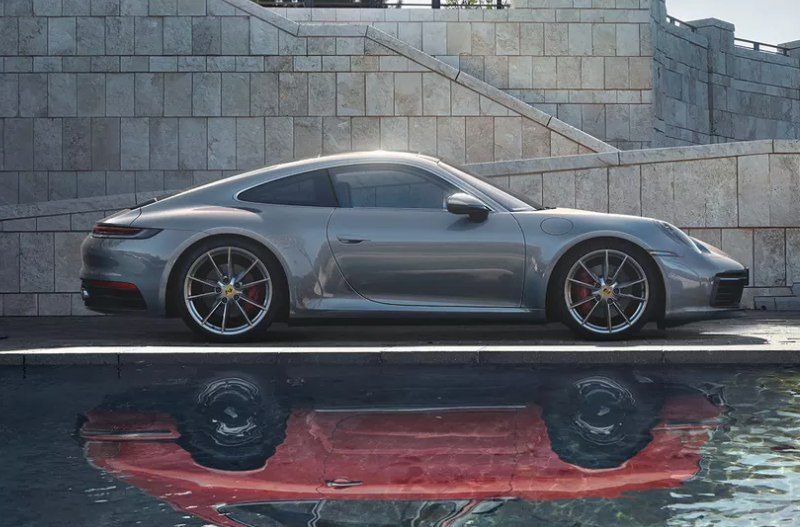
The 991 generation was only the third platform for the 911 in its long history, so the seventh-generation update was a significant one. The 991 was longer, wider, and taller than the preceding 997 generation. The interior also got a significant upgrade to keep up with other luxury-level competitors. Other updates included a new trans-axel that allowed the rear wheels to be moved back thereby improving the balance of the car. The manual got another gear and was now an industry first 7-speed. And the base engine got smaller this time, with the new 991 Carrera engine as a 3.4-liter and the Carrera S running a 3.8-liter.
It was also this generation that saw the one-millionth 911 rolled off the assembly line in May of 2017. The Irish Green special edition resides at Porsche’s automotive museum. Other notable variants include the track-focused GT cars, the GT3, GT2 RS, and GT3 RS, all featuring high-revving naturally-aspirated engines and reduced curb weights.
Eighth-Generation Porsche 911 (2020-Present)
2020 – “992”
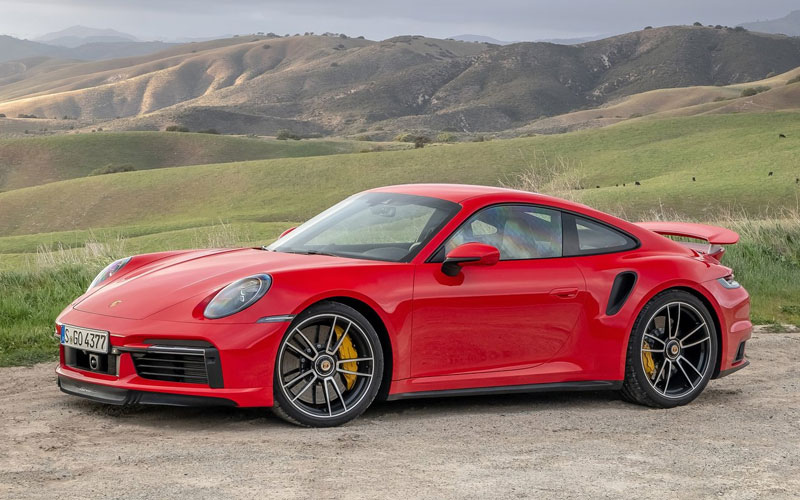
The eighth-generation Porsche 911, aka the 992, debuted for the 2020 model year with a wider track (1.8 inches) and ever more powerful engines.
Today, Porsche lists a full 26 different 911 variants. These range from the entry level Carrera with its 3.0L twin-turbo flat-six making 380 horsepower to the GT3 with a naturally-aspirated 4.0L good for 503 horsepower to the superlative Turbo S and its 3.7L twin-turbo making 640 horsepower. Porsche says the Turbo S can make it from zero to sixty mph in 2.6 seconds, but MotorTrend and others have recorded times as quick as 2.3 seconds, making the Turbo S the quickest gas-powered production car in the world.
2022 – Sport Classic and Dakar
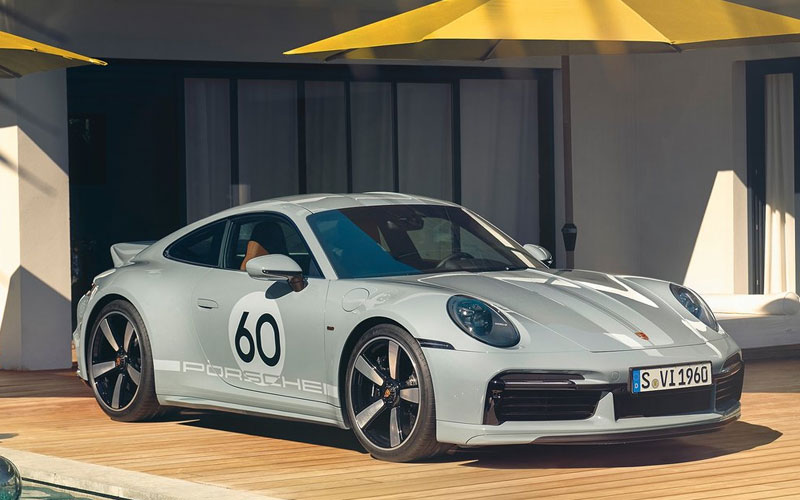
2022 saw two new exciting variants debut for the 911, the Sport Classic and the Dakar. The Sport Classic’s goal was to harken back to 911s of old, like the 930 generation, by emphasizing an unruly turbocharged, RWD character and all-encompassing engagement thanks to its seven-speed manual transmission. The Sport Classic carries the same 3.7L twin-turbo as the Turbo S, but the engine is detuned ever so slightly to accommodate the manual transmission (the Turbo and Turbo S come exclusively with Porsche’s new eight-speed PDK dual-clutch automatic).
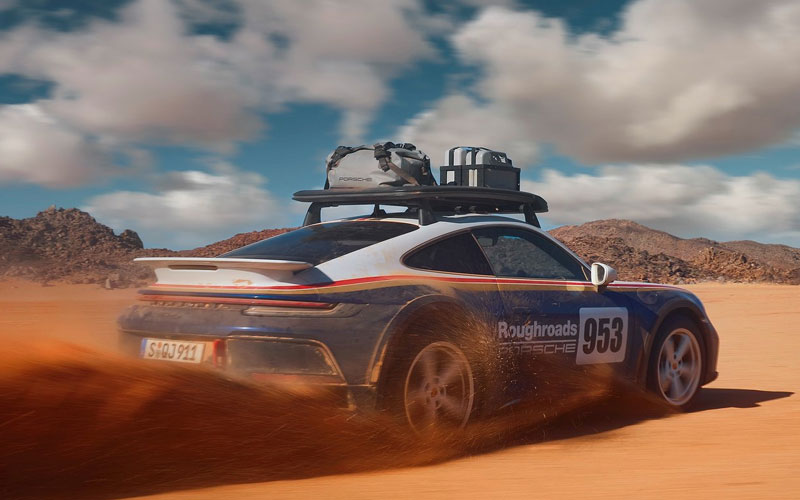
The latest version of the 911 is the Dakar, Porsche’s version of a safari style off-road 911. Popular among a certain set of off-road enthusiasts, safari 911s feature aftermarket modifications that turn a “regular” all-wheel drive 911 into a dune-hopping, dirt slinging good time. Porsche based the Dakar off the existing Carrera GTS, modifying it from the factory with a two-inch lift, Pirelli all-terrain tires, and protective skid plates. The car’s named references Porsche’s Dakar Rally car from the 1980s and the Dakar can even be ordered in racing livery.
The 992-generation Porsche 911 is astounding for two reasons, first, because it is one of, if not the greatest sports car money can buy, and second, because as it hits seven decades in production the 911 continues to get better, faster, more capable, and more fun.


